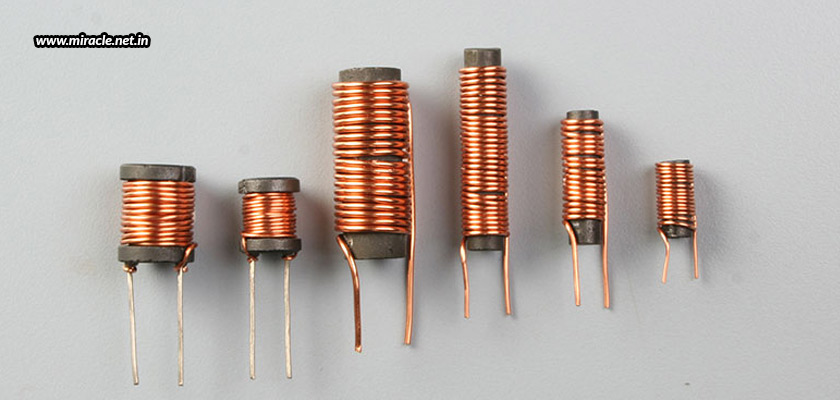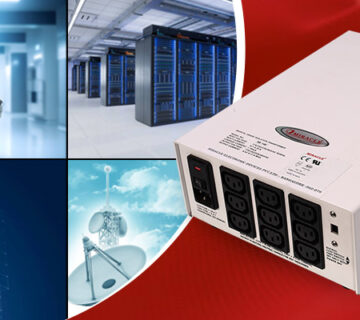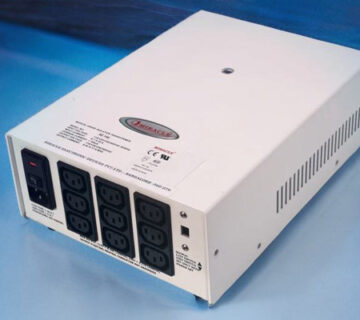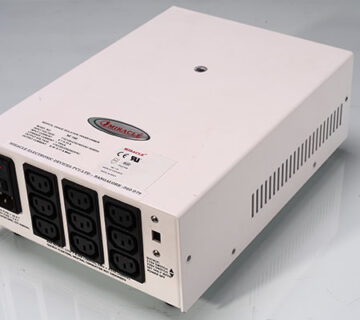Air core inductors are essential components of power supply and radio frequency circuits, providing special benefits over their magnetic core equivalents, like reduced magnetic losses and increased quality factors. However, optimizing performance in air core inductors requires careful consideration of design factors. We will explore important parameters that affect the efficiency, inductance, and general functioning of air core inductors in this blog, as we dig into the fundamental design considerations for creating them.
Coreless advantage
One characteristic that distinguishes air core inductors from their magnetic core-based counterparts is their coreless feature. Because of this trait, they are especially well-suited for specific purposes, providing special advantages. Air core inductors have less hysteresis and eddy current losses since they don’t have a magnetic core, which increases efficiency and decreases heat production. Because of their innate ability to reduce energy losses, air core inductors are the best choice for situations where heat control and efficiency are crucial. As they do not have a magnetic core, these inductors perform very well in situations requiring accuracy and low energy loss. This highlights the importance of the coreless advantage in influencing the better performance of air core inductors in a wide range of electronic applications.
Inductance and coil geometry
Inductance is another crucial element in the design of air core inductors, and it is closely related to the intricate details of the coil shape. The inductance value of these components is shaped in part by the number of turns, coil diameter, and turn spacing. There is a complex link between the coil shape and inductance, by examining the dynamic of which, designers know how to get accurate and desirable inductance values that are suited to certain applications by optimizing the coil diameter, turn spacing, and number of turns. Engineers may fine-tune the performance of air core inductors by adjusting the coil shape, which enables a customized approach that satisfies the precise needs of electronic circuits in various situations.
Q Factor optimization
To maximize the efficiency of air core inductors, especially in resonant circuits, the Q factor) needs to be optimized. When assessing overall performance, the Q factor—a gauge of inductor efficiency—becomes extremely important. By minimizing losses associated with radiation, resistance, and parasitic capacitance, a high Q factor can be achieved. Through exploration of several methodologies for optimizing Q factor, such as fine-tuning coil winding procedures and meticulous material selection, designers can enhance the efficacy of air core inductors in resonant circuits. Investigating these optimization techniques offers insightful information about minimizing losses and optimizing the performance capabilities of air core inductors, guaranteeing the efficacy of devices in resonant applications in a variety of electronic systems.
Wire selection and winding techniques
The overall performance of air core inductors is significantly influenced by the choice of wire and the winding methods employed. The total efficiency of the inductor is directly impacted by variations in the resistances and skin effects introduced by different wire types and gauges. The need of careful wire selection is thus emphasized, along with the ways in which various materials and gauges affect the conducting characteristics of the inductor. Furthermore, the selection of the winding technique is crucial in establishing other variables like stray capacitance and self-capacitance. In certain circuit configurations, the behaviour of the inductor can be affected by these capacitance components. Through an examination of the complexities of winding methods, engineers may regulate and enhance the attributes associated with capacitance. Constructing high-performance air core inductors requires an understanding of the subtle interactions between wire selection and winding methods. With this information, engineers may customize inductor designs to meet the demands of particular applications, while balancing factors like efficiency, capacitance, and the inductor’s general functioning in electronic circuits.
Crafting air core inductors requires a deep understanding of the design considerations that influence their performance. By utilizing the coreless advantage and carefully selecting wire, inductance, and quality factor, among other variables, every parameter is critical to attaining the intended results. These insights may be used by engineers and enthusiasts alike to design dependable and effective air core inductors for certain electrical applications. When it comes to producing air core inductors, names like Miracle Electronics prove to be a top choice for anyone looking for excellent air core inductors in the Indian industry, our dedication to accuracy and innovation making us the most reliable air core inductor manufacturers in India today!




